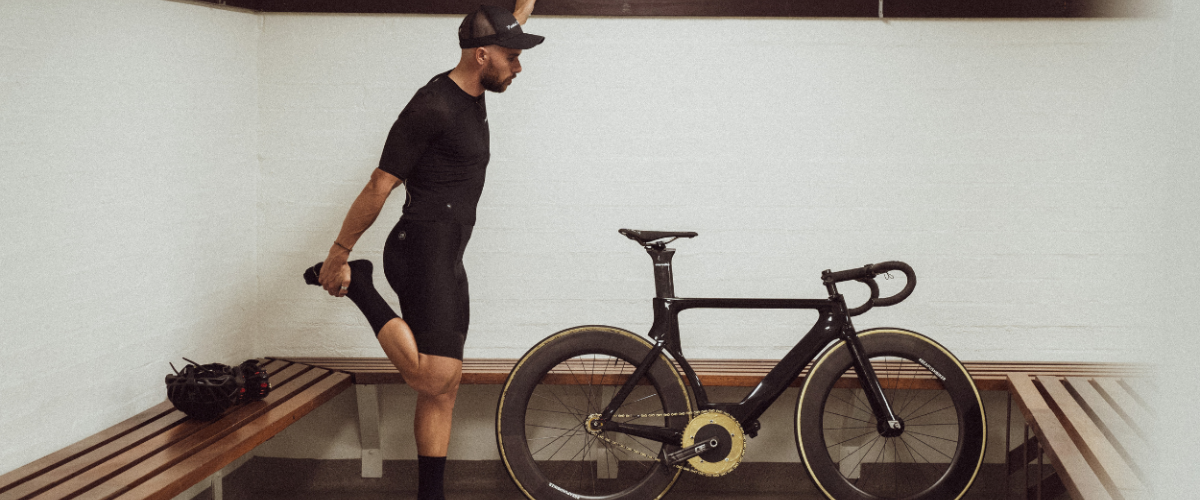There is quite a bit of evidence that male and female cyclists are at risk of low bone density. What does that mean? Bone density (or, better, bone mineral density) is the amount of bone mineral in bone tissue. It is measured via densitometry, which is a painless and non-invasive test, however involving low radiation exposure. Why is this relevant to cyclists? Research has shown statistical associations between low bone density and higher probability of bone fractures. Given cycling injuries might occur at medium or high speeds, the likelihood of bone fractures following a cycling accident is relatively high, and unfortunately low bone density makes it even more likely. The condition associated with low bone density is called osteopenia, and can be influenced by a number of factors. Some are “fixed” (not modifiable) such as age, sex and family history. However, some are behavioural and can be modified. For example, a diet low in some nutrient and inactivity or lack of weight-bearing or resistance activity are risk factors. Without going into details, bones keep remodeling and some bone cells called osteoblasts are responsible for the creation and mineralization of bone tissue. Osteoblasts are stimulated by repeated stress such as weight bearing exercise.
Cycling is a low weight-bearing activity, as such cyclists should consider activities lowering their risk factors. As mentioned above, nutrition is important and an adequate caloric intake should be maintained, with particular focus on calcium and Vit D. Luckily, for avid cyclists, riding offroad could be part of the solution. In fact, a systematic review has reported that mountain biking can help, probably due to the vibrations associated with off-road riding. Other useful activities include resistance training (gym) but also simple jumping routines can significantly change bone mineral density. As an example, a low-repetition training regime of 10 maximum vertical jumps per day, 3 times a week has been shown to be effective for improving bone density.
